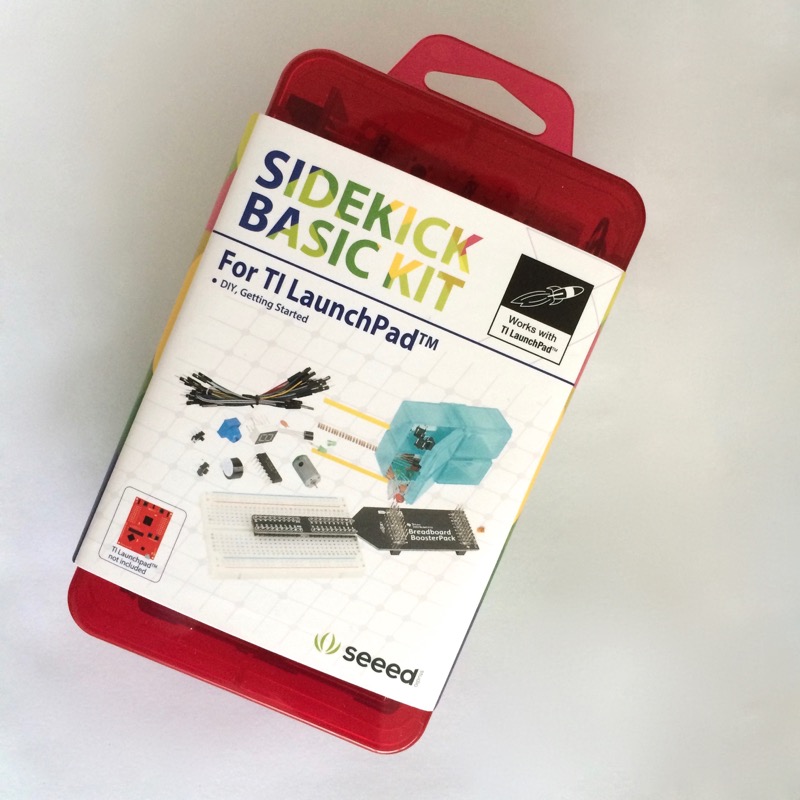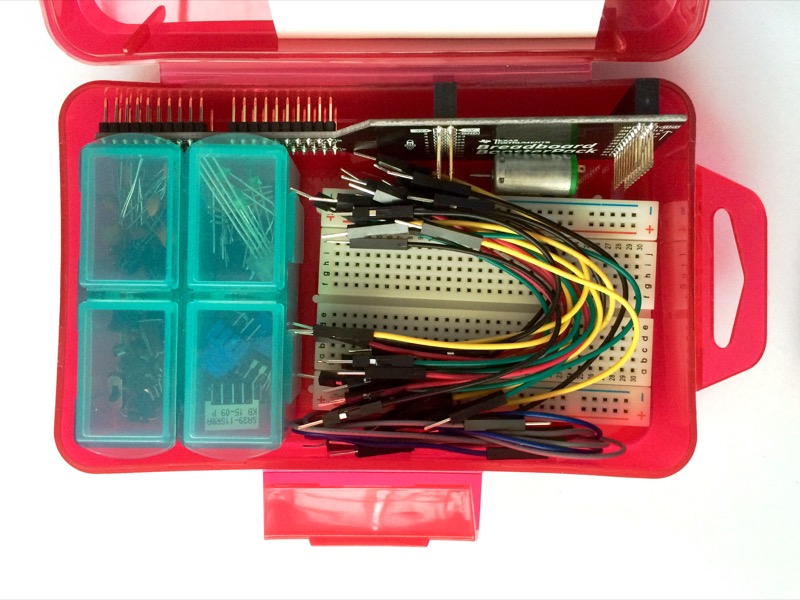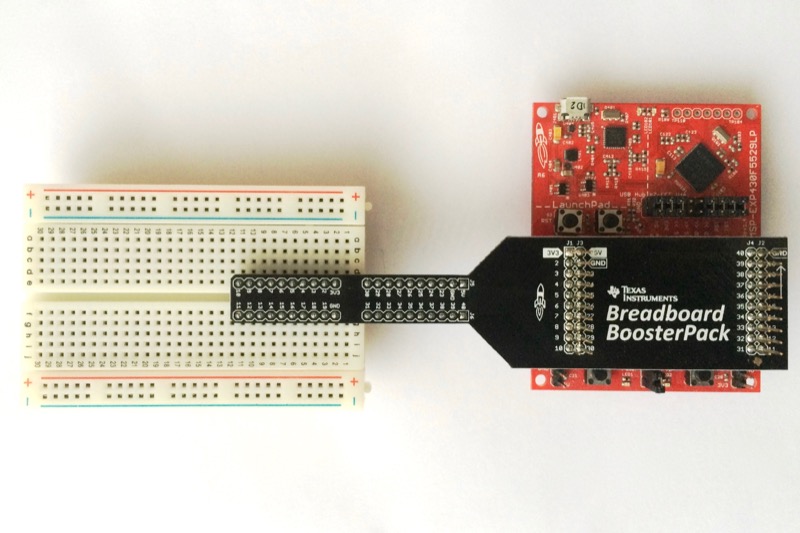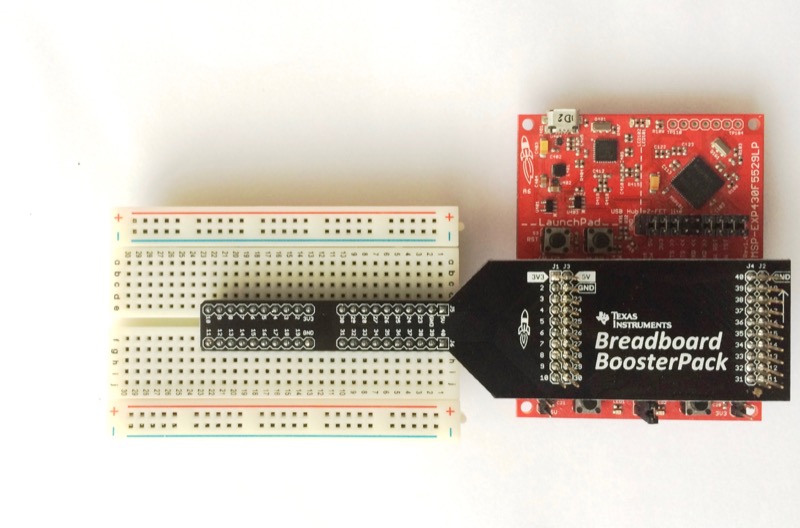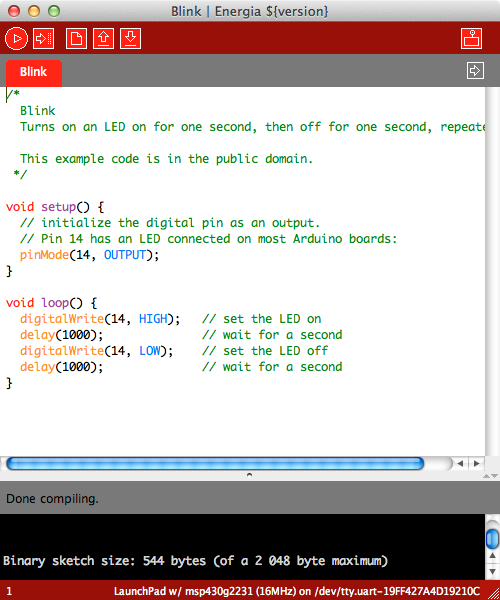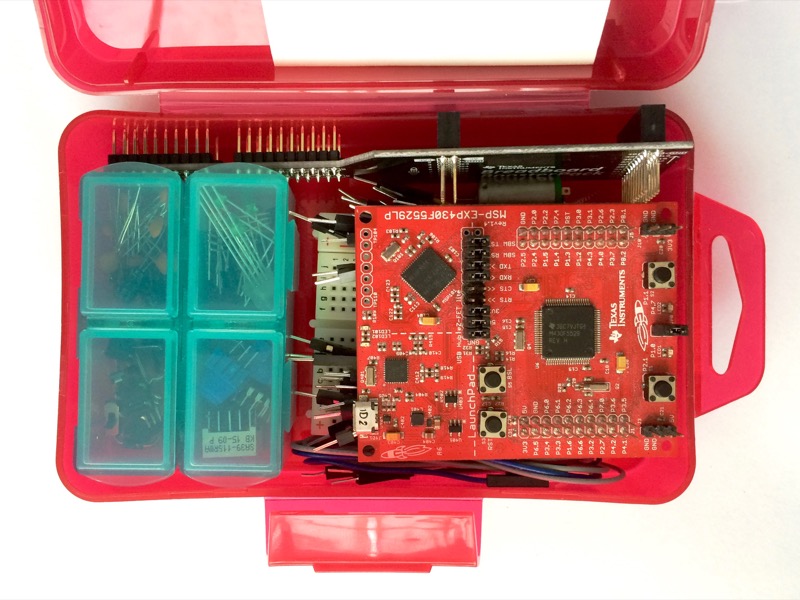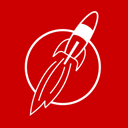Breadboard BoosterPack
|
When it comes to start exploring modern electronics, the choice of an introductory kit is difficult. The kit should provide a large set of electronic components, and most important, the relevant training material.
Here comes the Sidekick Basic Kit by Seeed Studio, with the Breadboard BoosterPack for Texas Instruments LaunchPads. |
Hardware
|
Although small, the box is packed with many elements, including the Breadboard BoosterPack, a 400-hole breadboard, 90 components and 25 jumper wires.
The Breadboard BoosterPack can be used with 2 configurations:
|
|
I like the printed manual with an introduction to each components. So I strongly recommended as first step to unpack, sort and identify each of them to get familiar with them. An additional poster provides a useful reminder.
The stickers are really fun! |
|
The included components offer a wide range and cover most of the fields:
|
Part List
|
Part List
|
Software
|
The recommended IDE is Energia, an Arduino-compatible IDE or integrated development environment.
It is derived from Arduino 1.0. As Processing-based Wiring-derived, it is platform-agnostic and runs on Windows, Mac OS X or Linux. A special package contains the code for all the examples. Download the Energia IDE and the sample code folder. |
Training
|
A special emphasis has been put on training with two sets of examples.
Each example comes with a dedicated page and includes video, hardware, introduction, circuit, code, challenge and troubleshooting sections. Additional chapters focus on Energia Core Tutorials and Mix Sidekick with Grove Starter Kit for LaunchPad. |
Basic Examples
|
Advanced Examples with additional components
|
Pins Map
This is the pins map based on the Dec 30, 2012 BoosterPack standard.
Conclusion
|
How the Sidekick Basic Kit compare with the Educational BoosterPack or the Grove BoosterPack? The Sidekick Basic Kit provides the first step to learn electronics because it plays with components directly.
Next step could then focus on a set of advanced sensors and actuators like the Educational BoosterPack, or on a modular system like the Grove BoosterPack. Which LaunchPad to use with the Sidekick Basic Kit? I'd recommend the MSP430F5529 LaunchPad for its versatility and low price. Now, I'm a strong advocate for bundle, fully self-contained and affordable. Purchasing the Sidekick Basic Kit (USD30) and the MSP430F5529 LaunchPad (USD13) separately sums USD43. Similarly, I'd like to see a printed version of the training material. The screen real estate is always limited and a book allows annotations. Or maybe I'm old fashioned! Maybe a revised version of the best-seller Getting Started with the MSP430 LaunchPad? Good news, the box is large enough to carry the breadboard, the BoosterPack, all the components and the LaunchPad! |
Pros
|
Cons
|
Wrap-Up
|
Links
|
